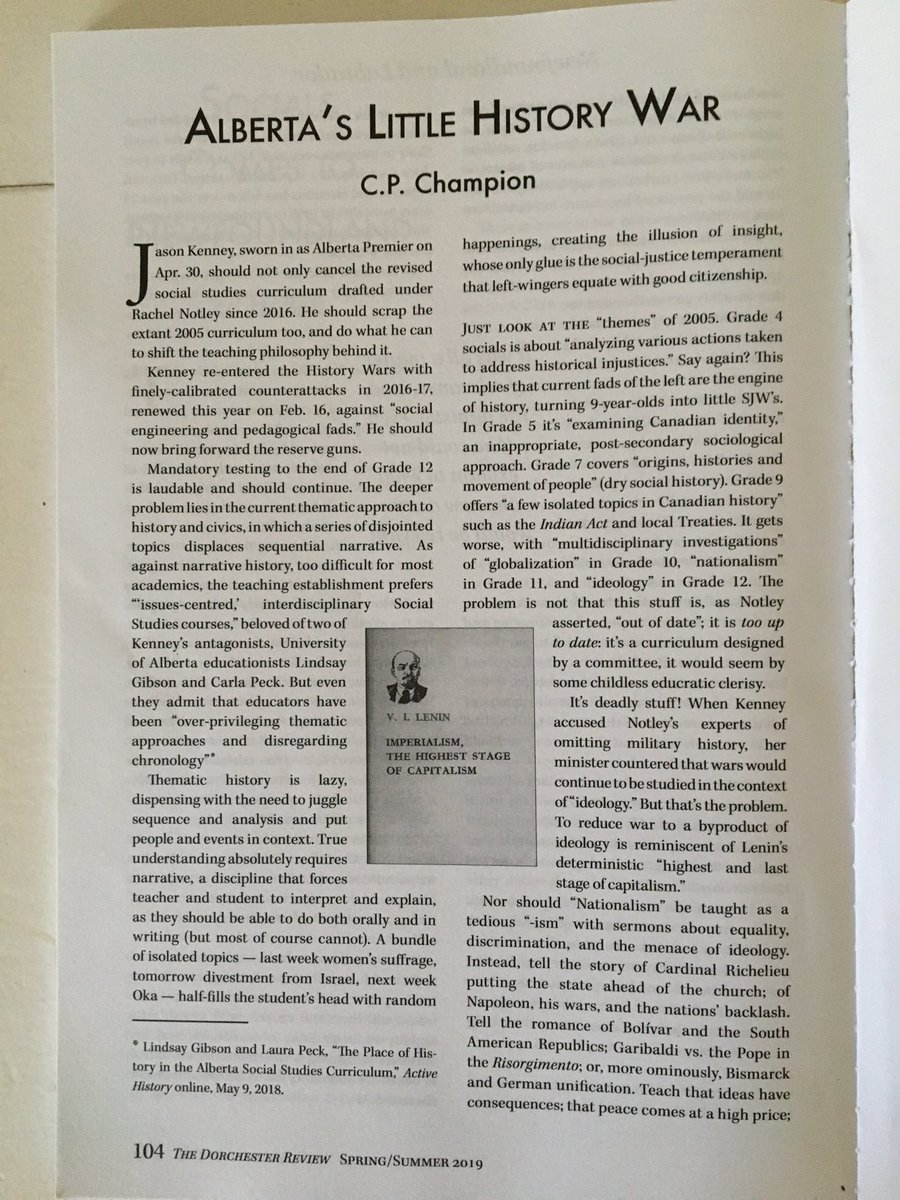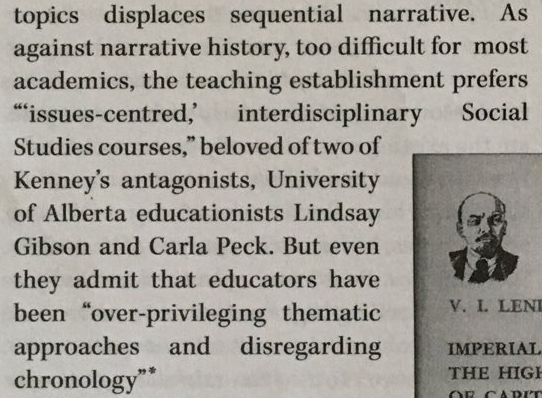
I always struggle with the notion that we should teach students to "think like historians."
Obviously the academic discipline of history provides the guiding framework for defining the disciplinary knowledge that comprises #historicalthinking, but.....
Obviously the academic discipline of history provides the guiding framework for defining the disciplinary knowledge that comprises #historicalthinking, but.....
There is a huge gap between the practices of the academic discipline and what is justifiable & possible in school history.
Also, the discipline of history is characterized by eclecticism, hybridity, diversity, capaciousness, and a lack of overarching structure or definition.
Also, the discipline of history is characterized by eclecticism, hybridity, diversity, capaciousness, and a lack of overarching structure or definition.
Any attempt to reduce its complexity to a single model of historical thinking runs the risk of oversimplification, and uncritical acceptance by teachers and students as “the” approach for teaching historical thinking.
At the same time, there are ways of knowing and thinking, tools, processes, and strategies utilized in the discipline that can help students make sense of the past, orient themselves in the present, and guide ethical actions in the future.
• • •
Missing some Tweet in this thread? You can try to
force a refresh











